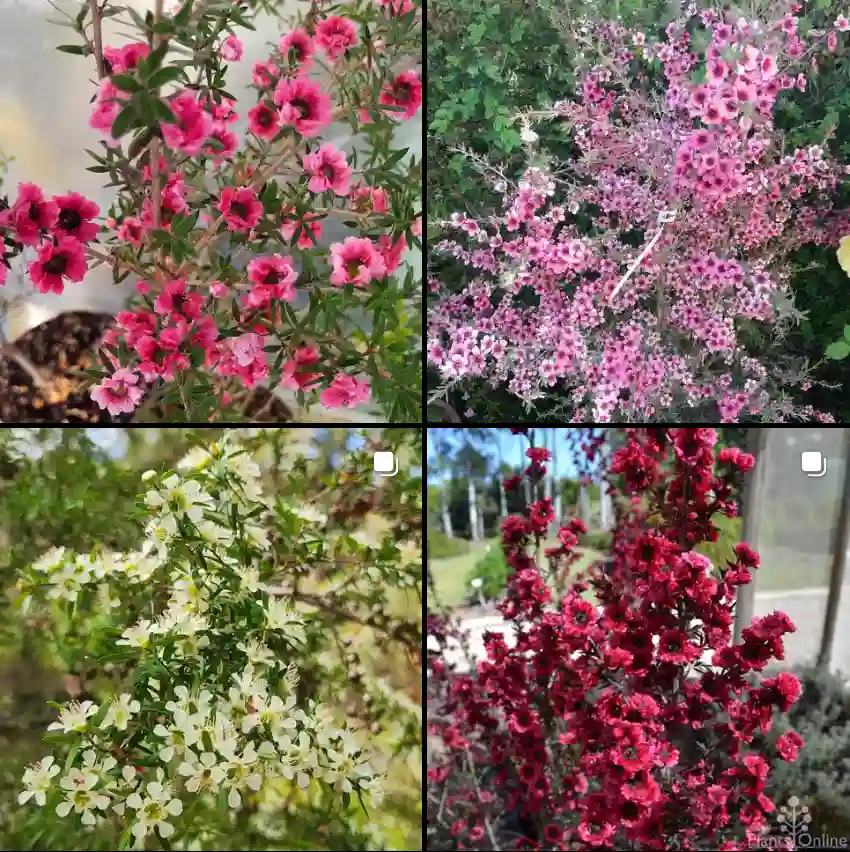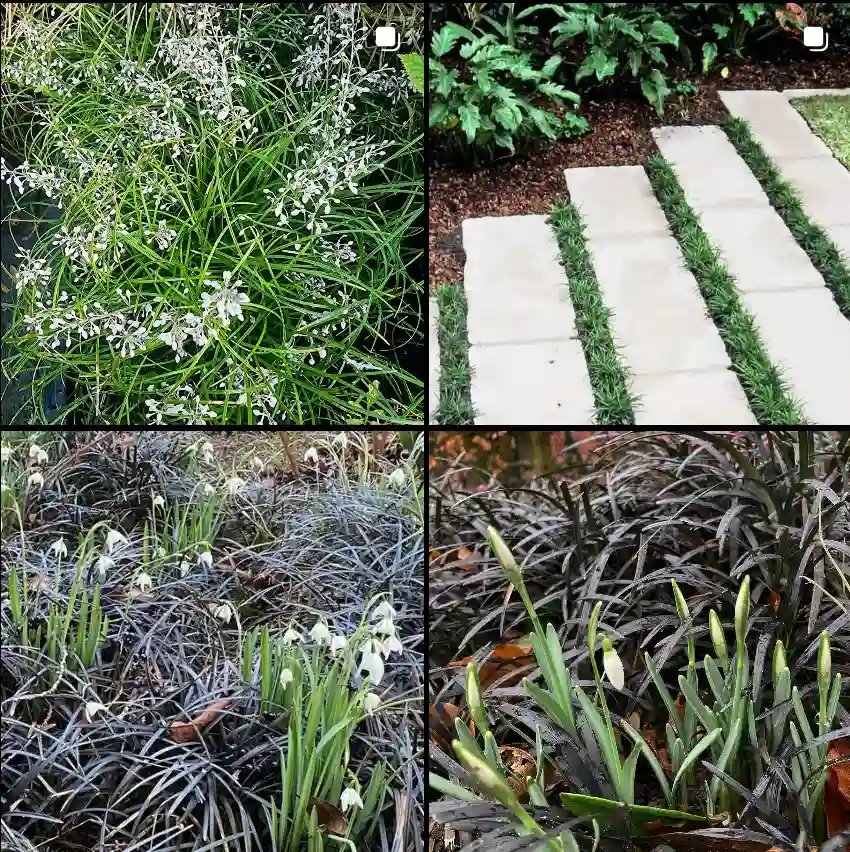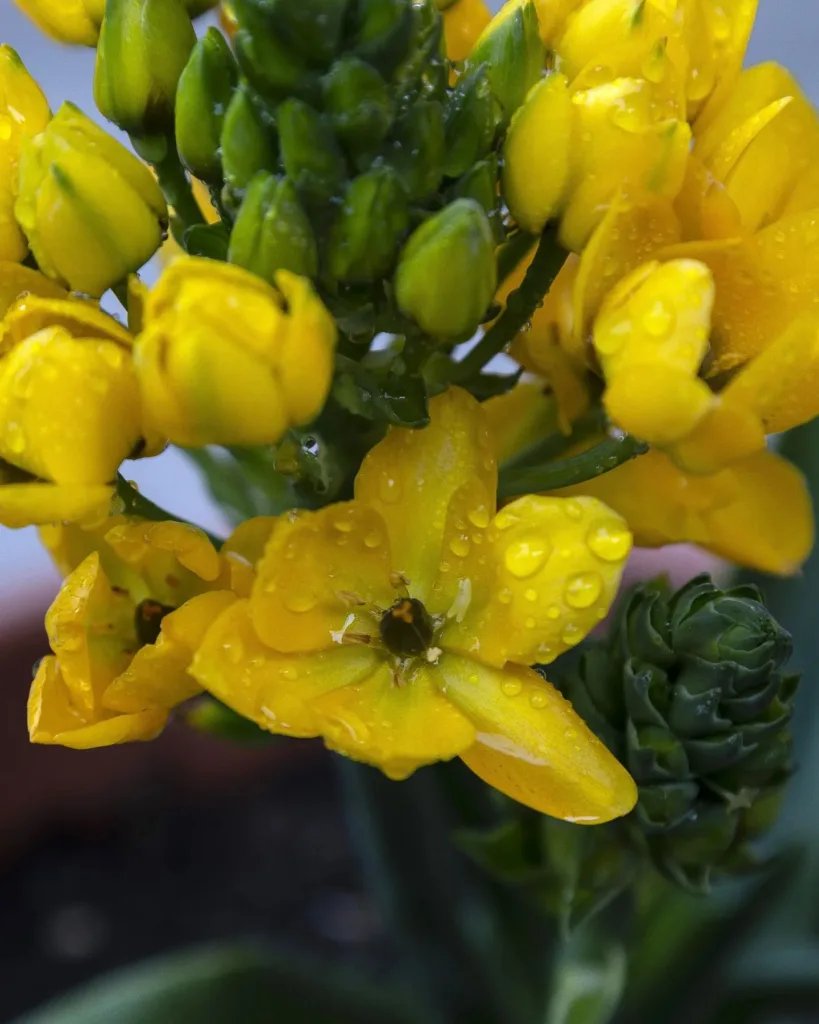Rivina: A Genus of Hidden Beauty
My name is Ferb Vu, and while I might not be a botanist by profession, I’ve always been fascinated by the intricate world of plants. Lately, I’ve become particularly interested in the genus Rivina, a group of flowering plants that often go unnoticed despite their unique beauty and intriguing characteristics.
Rivina belongs to the family Petiveriaceae, which was once considered part of the Phytolaccaceae (pokeweed) family. These plants are native to tropical and subtropical regions of the Americas, but some species have spread to other parts of the world. What draws me to Rivina is their understated elegance. They aren’t showy or flamboyant, but they possess a subtle charm that reveals itself upon closer inspection.
Species within the Genus Rivina
While Rivina humilis is perhaps the most well-known species, the genus encompasses a variety of fascinating plants. Here are some of the species that have captured my attention:
- Rivina humilis: Commonly known as pigeonberry or bloodberry, this species is easily recognizable by its bright red berries and delicate racemes of white or pinkish flowers. It’s a common sight in the southern United States, the Caribbean, and parts of Central and South America. Plant FAQs: Rivina Humilis
- Rivina brasiliensis: This species, native to Brazil, shares similarities with R. humilis but often exhibits larger leaves and a more robust growth habit.
It’s worth noting that the taxonomy of Rivina is still under debate, and the exact number of species within the genus remains somewhat fluid. However, the species mentioned above represent some of the most recognized and studied members of this intriguing group.
The Allure of Rivina
One of the aspects I find most captivating about Rivina is the contrast between their delicate appearance and their resilience. These plants can thrive in a variety of habitats, from shady forests to disturbed areas. They’re not demanding and can tolerate a range of conditions, making them a testament to nature’s adaptability.
The vibrant berries of Rivina are another source of fascination. While they add a touch of visual interest to the plants, they also play an essential role in seed dispersal. Birds are particularly attracted to these colorful fruits, and by consuming them, they help spread the seeds to new locations.
Observing Rivina in its Natural Habitat
I’ve had the pleasure of encountering Rivina humilis during my walks in local parks and natural areas. Observing these plants in their natural habitat is a rewarding experience. It allows me to appreciate their subtle beauty and witness their interactions with the surrounding environment. I’ve often seen bees buzzing around the delicate flowers, collecting nectar and contributing to the pollination process.
The Importance of Botanical Exploration
My interest in Rivina has deepened my appreciation for the vast and intricate world of plants. It’s a reminder that there’s always something new to discover, even in seemingly ordinary surroundings. Exploring the diversity of plant life, whether in a local park or a distant rainforest, is a journey of endless fascination.
I believe that fostering an understanding and appreciation of plants is crucial, not just for the sake of scientific knowledge but also for our own well-being. Plants play a vital role in our lives, providing us with oxygen, food, medicine, and countless other benefits. By taking the time to learn about them, we can develop a deeper connection with the natural world and cultivate a sense of wonder and respect for the intricate web of life that sustains us all.
If i die, water my plants!



